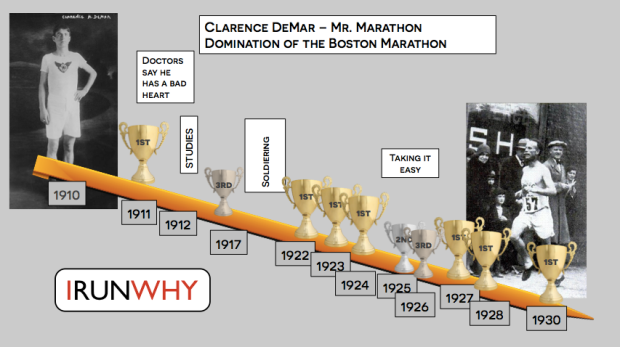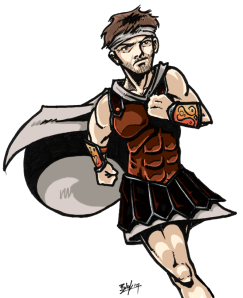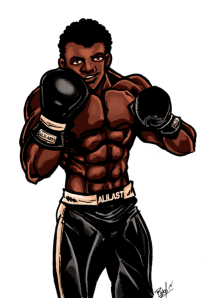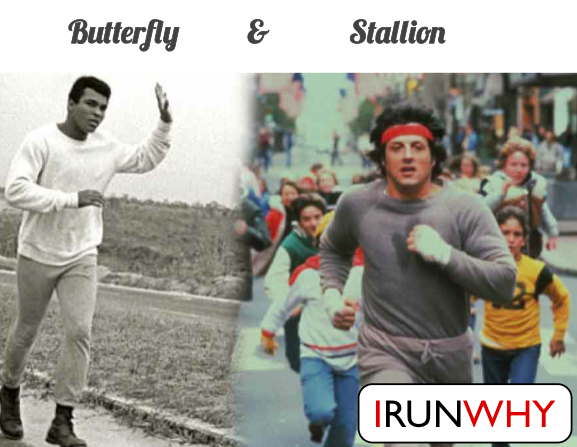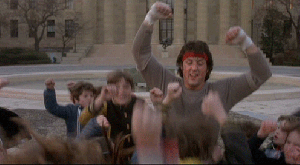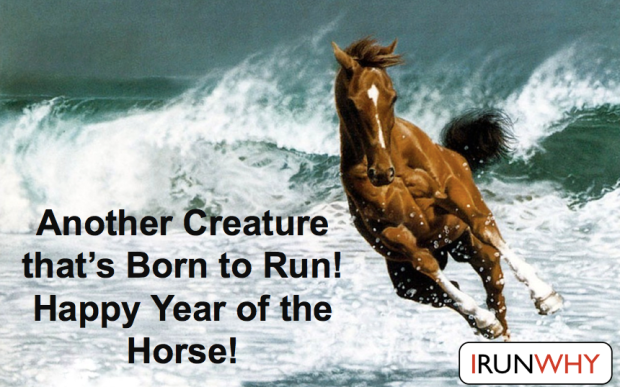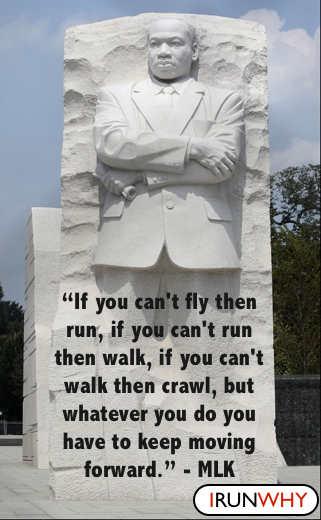“Failing to prepare is preparing to fail.” ~ John Wooden
The big day was April 19th, 2014. The place Taitung, Taiwan – headquarters of triathlons on this lovely island. The event – Challenge Taiwan Ironman – 3.8km swim, 180km bike ride and 42.2 km run at the end to finish it off. But as with anything else worth doing in life, this date and event were just a period at the end of a sentence, the real work and the real reason for celebration took place in the months of training before it.
I’ll start with a short recap of the event itself, stay tuned on this blog for the journey leading up to it.
I arrived in Taitung on Wednesday to give myself plenty of time to get comfortable in the lake where the swim took place, to get used to the warmer weather, and to try and get comfortable in the hotel to get good sleep in the nights leading up to the race. I also had never swam that long of a distance before in my life and was kind of cramming before the big test (more on that later).

Trying to look brave in front of nemesis number 1 – Flowing lake. It’s 1km long and you swim to just about the end and come back and then repeat.
After a practice swim on Thursday morning, I was invited for a run by a couple of ironman amateur veterans, they told me some elites were leading a recon mission on the course. I didn’t know it at the time but the guy leading the run was Chris McCormack (AKA Macca), a two time champion at Kona. We joked about not having to run on Saturday if we had run the full 42 on that Thursday – no such luck.

That’s me with thumbs up. Macca is the dude with the good posture. (I think I could have taken him on this practice run, but didn’t want him to look bad in front of his fans (that is a joke))
Friday was butterflies in the stomach day. Swam about 1.5km, 5km run, and maybe 10km on the bike – just to let the muscles know what is coming up on the next day. Tried to relax all day long, do everything a little slower and reflect on life. I hydrated throughout the day, ate pizza, bread and lots of fruits – tried to make sure I have maximum vitamins in my body and max water (without having to go to toilet every 5 minutes – it is a careful balance). I watched a Kona ironman video on YouTube before going to sleep – last minute mental preparation. Went to sleep around 9PM and surprisingly slept pretty good.
Saturday was THE day. Woke up around 3AM, way ahead of the 3:45 wake up alarm clock. Ate my bowl of oatmeal with chia (this is my staple pre every race). Put on the tri-suit, calculating in my head that I was going to be wearing it for the next 15-18 hours, grabbed my swim goggles, hugged my wife goodbye (she was gonna meet me at the venue a bit later), and stepped outside where my taxi was waiting for me. First stop was 7-11 for a hit of coffee, and then the venue. When I arrived at 5AM, it was already buzzing with competitors doing last checks on their transition bags. I added a few more gels and beverages to both my transition areas and dropped of extra sunscreen for the bike part – it was going to be a sunny day.
I went over to the start area at about 5:30AM, got in the water and swam about 100 meters just to get myself comfortable in the water. Got out and joined the rest of the 380 sheep waiting for the slaughter to begin. I was trying to find someone big, whom I hoped would be slow, to draft behind in the swim. But it is impossible to tell the swimming capabilities of people when they are standing on terra firma. I gave up and just told myself that I’m just going for a little swim that might take 2 hours or so.
The cannons went off at 6AM sharp – marking the start of the elites. They looked like speedboats cruising away from the start line. We also got a cannon, yay I’m just like the elite athlete, at 6:02 AM – and off we went. The swim was surprisingly comfortable. It was kind of like a long meditation session. I recalled words of advice from a friend who helped me get ready for a swim part – “You should feel like you’re skating” – describing the action of rotating from one side to the other. I zigzagged a little bit, adding unnecessary mileage to the 3.8 km race. Occasionally, I was lucky enough to draft behind a few large swimmers, which really really helps (and is legal). I got out of the water at 7:44, so 1h:42m swim to kick of the race – the first elite finished the swim in 46 minutes.

Taitung region where the bike part took place. This was the view on one side occasionally with the ocean on the other.
I was happy and feeling good as I ran over to the bike transition. I had just completed the longest swim in my life (I didn’t have to use the entire 2h:20m allowed for this part of the race) and felt strong. On to the 180km road race.
Drank a bottle of water, ate a banana, put on shoes, helmet, hydration pack, sunglasses and off we went. I was on the road at 7:50. In my training I did two rides of just over 200km – that was about 2 months before the race. In the months and weeks just before the race I never exceeded 130km, but it was all in the mountains, whereas the ironman course was mostly flat. As I got going, I estimated to be going at about 30km/hr and felt comfortable at this pace. However, I knew that feeling ok after 20 minutes doesn’t mean that I will feel ok 100km later, 130km later or 150km later. Nonetheless, I told myself I had a date with my running shoes in 7 hours and pressed on. During the ride I drank about 1.5 gallons of water, 1 liter of a caffeinated sports drink, 3 liters of other sports drinks, 1/2 liter of sugar cane juice (i had a liter but it wasn’t going down too well). I also consumed 3 bananas, 5 gels, 1 snickers and 2 oranges (water, sports drinks, and bananas were provided by the organizers.) One thing I neglected to intake enough of was salt; My body delivered this message to me via a strong headache at about 120km into the race. I started eating pinches of salt provided at the refreshment stands thereafter and the headache was gone by the end of the bike part. No drafting in the bike part (that is illegal) – finished the 180km in 6h:32m and was about half an hour early for my date with my running shoes.
I grabbed my transition bag and started looking for my running shorts and shirt, however, I was disappointed to find out that I didn’t pack them. Running in the tri-suit was meant to be. Quick hydration, socks, sneakers, amino-acid pills (not sure if these things really help but what the hell), and off we went. I had been racing now for over 8 hours, and was surprised to find myself running at about 5min/km pace. I attached myself behind a dude who looked strong and told myself I’m sticking with him no matter what. About ten minutes into the race I passed one of my ex-coworkers who had already done a few Ironman events in the past, I gave him a nod and he returned it, everybody in this race was on the same team. I kept the pace going for the first 2 hours and actually thought that I might finish the marathon part in under 4 hours, and then ….
My body started saying enough is enough. I was tired, really tired and my body was no longer happy with the fuel I had been giving it throughout the day. No more gels and sugar crap it said – I complied as I had no choice. My stomach started turning and at some parts of the run I thought I was going to have an accident – the kind usually reserved to babies who at least have the decency to wear a protective diaper. I just stuck to water, salt and fruit for the rest of the race. I had to walk a little bit too. The race started to feel long. To add insult to injury, the run was a loop that took you past the finish line twice before turning in for the tape crossing. You could also hear the party going on and the announcer congratulating the finishers. He also said some encouraging words to those of us who still had a lap or 2 to go. As I ran past, he gave me some very much needed words of encouragement. Also, too, there were tons of volunteers and local people keeping the energy high and giving you JiaYo’s along the way (JiaYo – literally meaning “Add Oil!”, is equivalent to “Keep It Going Dude!”). As I got close to the end I had my third ever endorphin explosion in my head which caused me to tear up a little bit. I crossed the line at 7:37PM, or 13 hours and 35 minutes after first jumping into the water.
The announcer told me that I was now IronMan.

So happy to not be moving any more.

Dazed and Confused.
I found my wife waiting at the finish, I told her that I would be taking a break from hard core competition for a while and sat down for a nice long rest and reflection.
It’s been two weeks … I think it’s time to start thinking about what is next.
